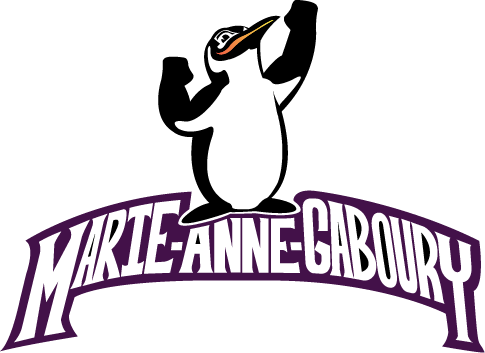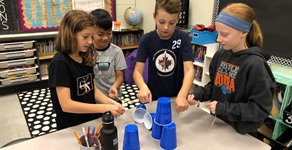Engaged Learners = Increased Academic Success
At École Marie-Anne-Gaboury, one of our goals in 2018-2019 was to provide authentic and relevant learning experiences that supported increased student engagement and academic success, with a focus on literacy development. Following extensive research, multiple opportunities for staff professional development and a collaborative approach to program development, our Grades 5 to 8 teams implemented Project-Based Learning (PBL) in September 2018. To hone their understanding of PBL, our team worked with LRSD Instructional Coaches as well as mentors through the Buck Institute for Education this year as part of their Professional Learning Network (PLN). Throughout the year, each class participated in three different PBL opportunities, encompassing both languages, sciences and social studies.
In a nutshell, PBL is a "teaching method in which students gain knowledge and skills by working for an extended period of time to investigate and respond to an authentic, engaging, and complex question, problem, or challenge. They demonstrate their knowledge and skills by creating a public product or presentation for a real audience. As a result, students develop deep content knowledge as well as critical thinking, collaboration, creativity, and communication skills" (Retrieved from https://www.pblworks.org/what-is-pbl).
Jumping into a new and exciting initiative like this brought about a number of challenges. Students and staff had to learn to navigate the ins and outs of both a collaborative and independent practice. As a team, we also needed to ensure that curricular outcomes were being met in engaging and relevant ways without being contrived or forced into a learning situation. As well, students had to wrap their heads around a learning process that pushed them outside their comfort zones, rather than wait for answers to be handed to them. This was definitely a new way of learning for everybody involved.
As part of the process, students were asked to respond to specific driving questions, challenges that required research, team work, enhanced speaking skills, creativity and critical thinking. These are some of the questions that they worked on this year.
Grade 5/6 PBL
Students in Grades 5/6 answered the following driving questions:
- Who Am I?
- How can we tell a story about a person or event that had a positive impact on our community/city/world?
- Now that we know about what others have done, what can we do to make a difference?
To respond to the first question at the beginning of the year, students developed peer biographies as they got to know each other better, using various mediums and media. During the second round, following a great deal of research about specific people and events as well as what makes a great exhibit, students developed a Museum of Caring, which was presented to community members. Five of these projects were then chosen to be a part of The 180 project at the Canadian Museum of Human Rights where our students spent the day presenting their work to museum-goers and were then part of a discussion panel in the evening. Their final project culminated in a democratic decision to hold a fundraising dance for Siloam Mission, combining giving back to the community with a focus on acceptance of diversity.
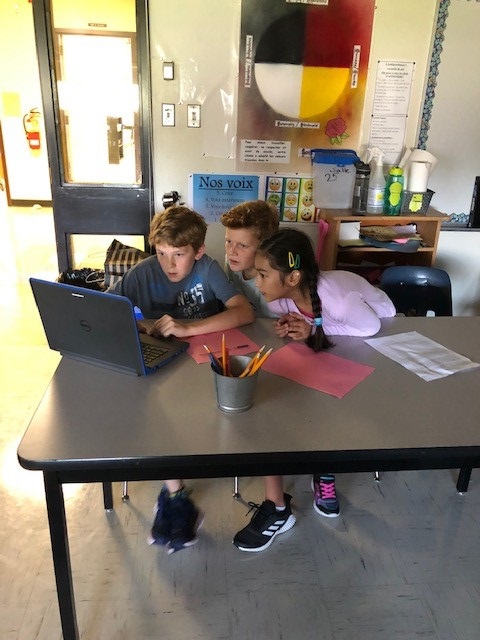
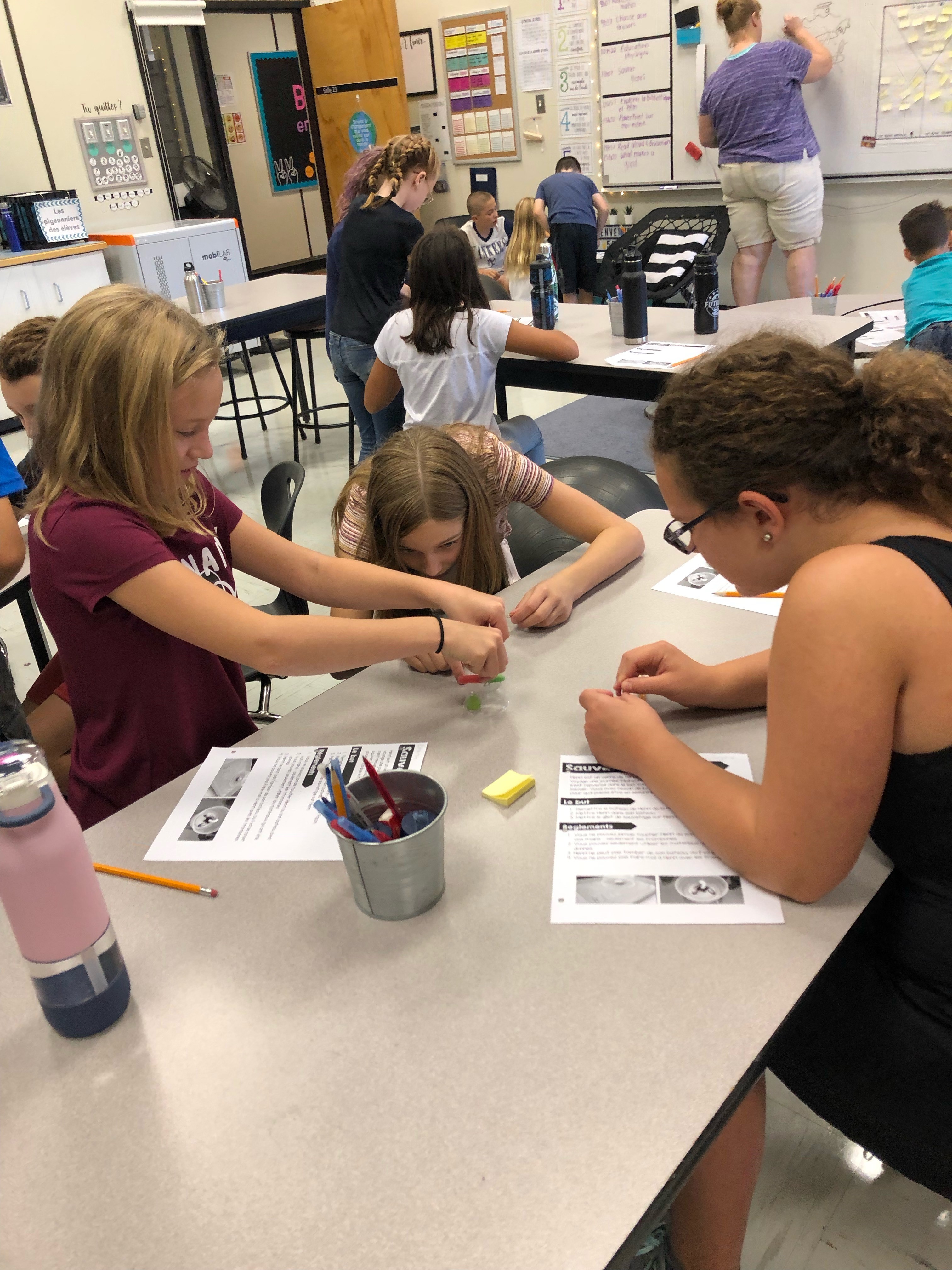
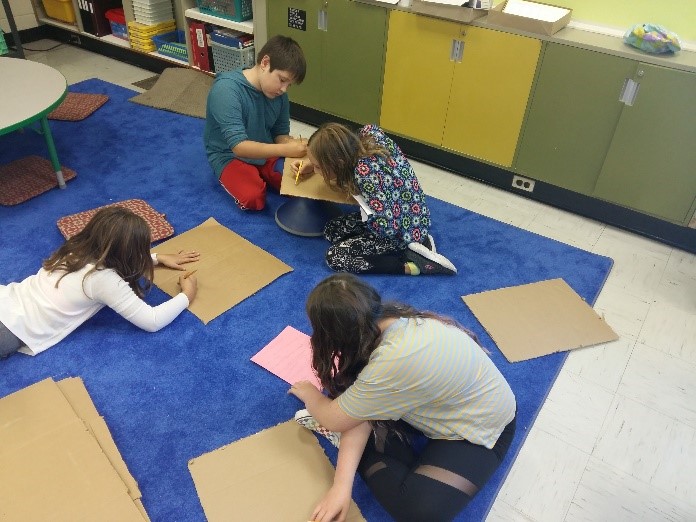
Grade 7/8 PBL
Students in Grades 7/8 answered the following driving questions through their work:
- How do we learn from what others have left behind?
- Is disease necessary?
- How can we bring Medieval times to life?
In the first project, students developed an archeological museum that was visited by and presented to community members and their peers. They also prepared public service announcements and infographics for their second PBL, under the guidance of graphic artists from Bounce Designs, Inc., which were then shared with Junior High students in other schools. For their third PBL, they developed Shark Tank-style presentations to garner 'financial backing' for their games, whether they were 'techy' in nature, board or real-life games. Parents and community members came out to act as investors and came away with a better appreciation of the work that the students had done.
PBL Participation in Other Grades
The investment in time and energy is high when developing these learning experiences, and the same can be said for students when they are learning in this way. Was the first year worth it? We believe so! So much so that other grade levels jumped in with both feet and tackled their own driving questions throughout the year. For example, our Grade 3/4 classes looked at how they could design the next new flavor of donut for Tim Horton's. This involved a certain level of ingenuity, creativity and polished persuasive public-speaking skills. Our Grade 2 students took on a recycling project that involved collecting plastic bags that were then turned into frisbees. Our Kindergarten classes studied both Space and The Arctic, each time with the help of our Teacher-Librarian and experts in the field via Skype. Each PBL was a success!
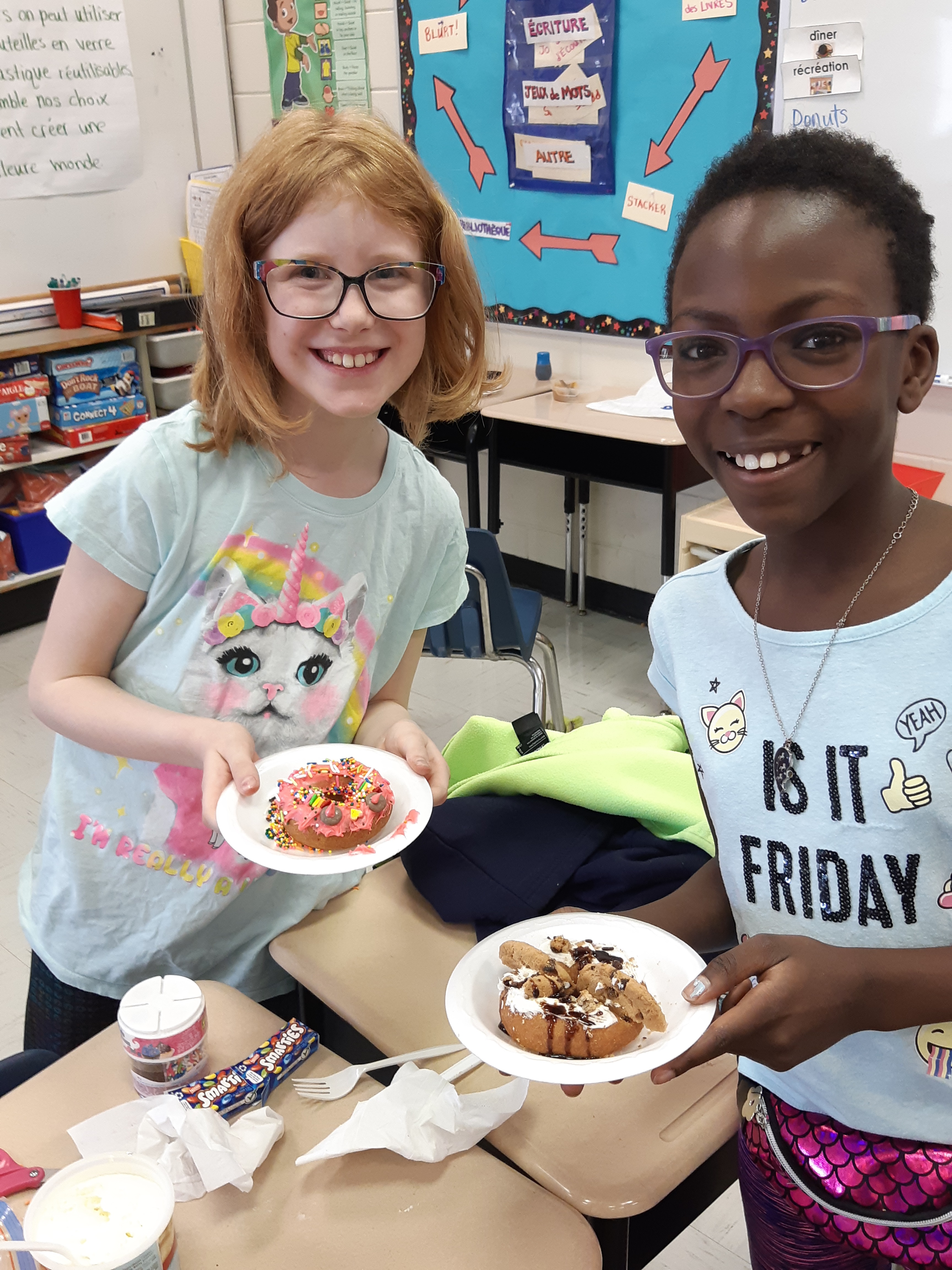
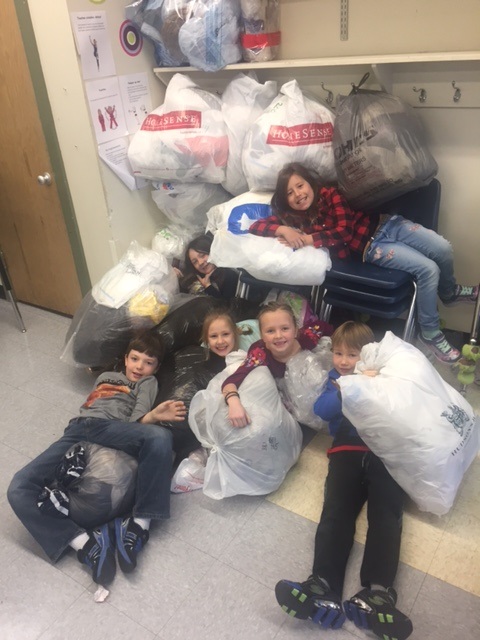
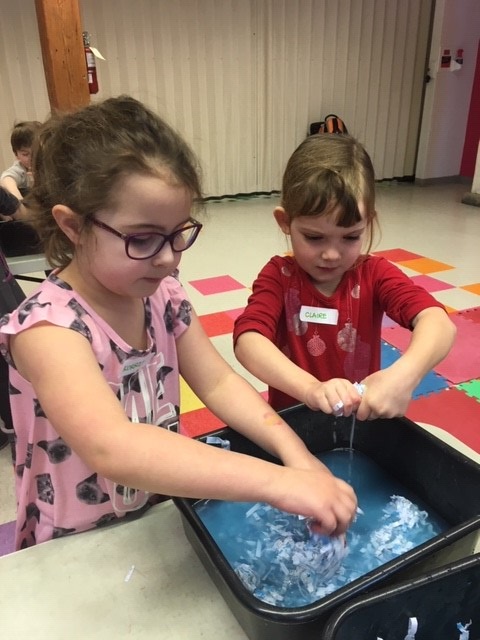
Evidence of PBL's Impact
As we review the data to determine our progress this year, it was clear that our students had developed their critical thinking, creativity research, writing and public speaking skills. This was evidenced by anecdotal comments from community members taking part in the activities as well as an overall improvement in report card assessments and feedback from their first to third term.
Literacy
We also looked at reading assessments for our students and noted an increase in their reading levels from previous years. For example, where, on average, students increase their reading progress by 2 to 5 levels annually in English and by 5 in Français, until they reach the required reading levels for Grade 6, 67% of students improved in their French reading by 4 to 6 levels, as compared to 42% the year before. At the same time, only 6% of students were below reading levels as compared to 28% in 2017.
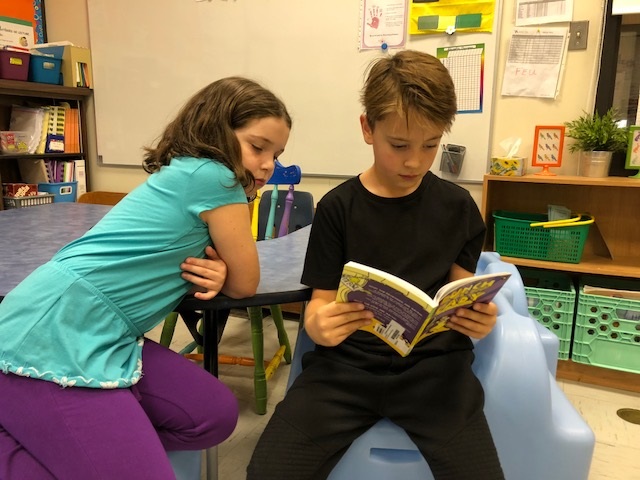
One reason for this increase is the focus on reading for interest sake, which is part of the PBL process. Springer et al (2017) report that interest affects both how we think and how we feel about what we read, allowing for a deeper comprehension when students are interested in what is being read. At the same time, they read more strategically and remember what they read longer, as they put more cognitive effort into the process. Given that much of what takes place in a PBL environment is student-driven, it stands to reason that their interest levels would increase, which would in turn impact their reading abilities.
We also acknowledge our students' exposure to the Optimal Learning Model, an approach to writing instruction that we have continued to implement over three years in our Kindergarten to Grade 6 classes. This approach allows for authentic and relevant writing and has been easily applied to our PBL model in all grade levels.
Tell Them From Me
We then compared our results from our annual Learning Bar Tell Them From Me survey to last year's report. This year, our engagement level (or flow) rose to 77%, up from 64% the year before. As well, our students' level of anxiety dropped to 3%, down from 6% last year. On another note, the number of students who reported being bored in class was down to 19% from 29% in 2018. A survey that is based on student voice, this is a great indicator that we were reaching our objective by providing more engaging and relevant learning experiences.
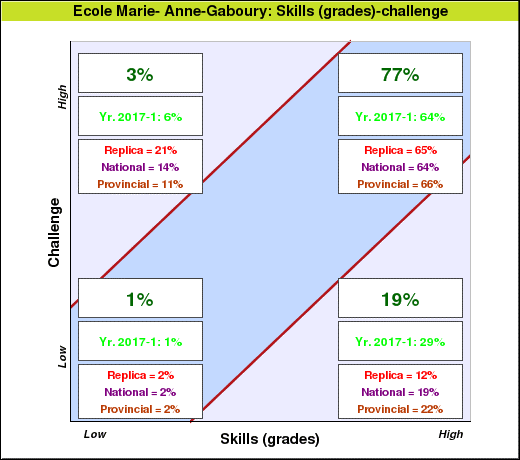
Increased Engagement
Finally, teachers also reported a higher level of engagement and motivation during PBL class times and fewer incidents requiring intervention for behavioral issues. This was noted in our system, as fewer reports were made to outline disciplinary action. As well, during their end of year reflection, 100% of students in Grades 5, 6 and 7 requested that we introduce more opportunities for PBL projects over the year, while 50% of those in Grade 8 did the same. This was the same for students in other grade levels who participated in PBL experiences. In our Kindergarten classes, for example, 100% of students mentioned how much they enjoyed learning about The Arctic and Space, an indication that this initiative is having an impact on our younger students as well.
Much of the planning process being used to promote PBL in Grades 5-8 is being mirrored by Universal Design for Learning initiatives in all grade levels, which is also a major component of our school plan. These approaches are contributing toward our goals for engagement and increased learning for all MAG students. With that in mind, for a first run-through, we had a great deal of success with PBL despite the challenges and learning curve. This year, we are looking forward to new experiences through the PBL process that continue to engage and challenge our students. Stay tuned for the learning that they will be doing next!
References
Buck Institute for Education PBL Works. Retrieved October 1, 2019 from https://www.pblworks.org/what-is-pbl.
Springer, S., Harris, S., Dole, J. (March 23 2017). From Surviving to Thriving: Four Research-Based Principles to Build Students' Reading Interest. The Reading Teacher. 71(1), p. 43-50. July/August 2017. Retrieved October 1, 2019 from https://ila.onlinelibrary.wiley.com/doi/full/10.1002/trtr.1581.

